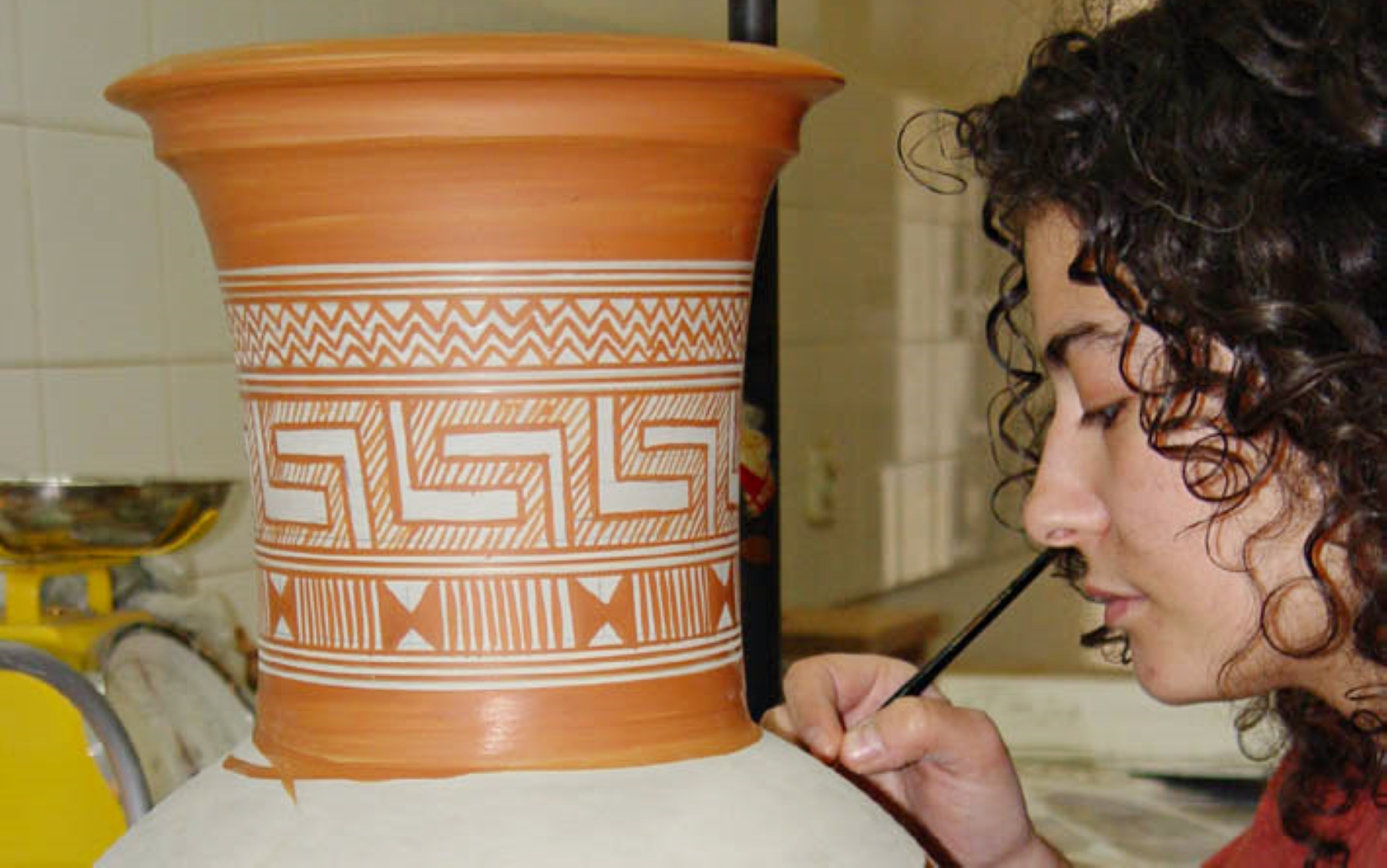
Adorning the grand midsection of the ancient Dipylon amphora—a captivating clay relic from Greece—silhouetted figures envelop a corpse in a mesmerizing funeral scene. Complex geometric patterns dance across the vase, creating a captivating frame around the evocative tableau.
This extraordinary 5-foot-tall amphora is just one among many masterpieces attributed to the legendary Dipylon Master, named after the cemetery gate where this vessel was discovered. Traditionally assumed to be a male craftsman, the mastermind behind Greece’s iconic pottery has long been shrouded in a gendered narrative reflective of ancient societal norms.
However, an article in the American Journal of Archaeology published in 2020 challenges these assumptions, suggesting a radical departure from the conventional storyline. Authored by Sarah Murray, a classical archaeologist at the University of Toronto, and her undergraduate students, this groundbreaking piece contends that women played a pivotal role in crafting ceramics during a significant era of ancient Greek history.
The analysis reshapes archaeological inquiries into gender dynamics, offering a more cohesive glimpse into life during the enigmatic Greek Early Iron Age, spanning approximately 1050 B.C. to 700 B.C. In this pivotal period, marked by a dearth of written records, Murray and her colleagues argue that gender roles underwent a transformation.
Drawing on historical evidence pointing to economic and political distinctiveness, they propose that women took the lead in pottery production during this era of diminished population. The iconic shift to geometric art on pottery, previously attributed to male artisans, is reinterpreted as a connection to weaving, a domain predominantly associated with women.
Funeral scenes depicted on the pottery further underscore women’s contributions, aligning with their historical roles in burial rituals. Unlike later periods dominated by war-centric themes, the Early Iron Age pots provide a unique window into the world of Greek women.
Murray’s argument gains strength from various strands of evidence, prompting scholars to reevaluate preconceived notions about gender roles in ancient craftsmanship. Julie Hruby, a classicist at Dartmouth College, lauds the paper’s well-reasoned approach and anticipates that ongoing fingerprint analysis will further illuminate the gender dynamics of ancient Greek potters.
But Murray’s ultimate goal extends beyond pinpointing individual artisans. Her paper challenges scholars to reassess their interpretations, urging more rigorous scrutiny of evidence free from modern biases about gender and art. As scholars around the world grapple with similar questions, Murray’s groundbreaking work inspires a fresh perspective, fostering new inquiries and reshaping the very foundations of archaeological fieldwork.
